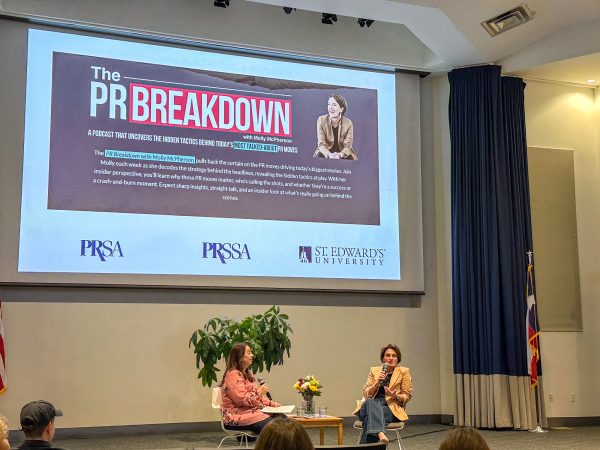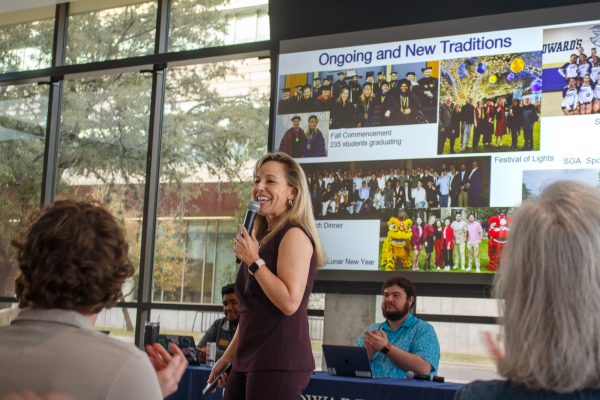Self-driving automobiles are the future of Austin says Mayor Steve Adler
In one of the last sessions of the SXSW Eco conference hosted this past week, panelists discussed solutions to Austin traffic.
The session was entitled “Autonomous Vehicles: Driving City Solutions?” and panelists discussed what may be the solution to the issues facing Austin’s transportation crisis: autonomous (self-driving) vehicles.
Among those panelists were Mayor Steve Adler, professor of engineering at the University of Texas at Austin Kara Kockelman and Greg Rucks from the Rocky Mountain Institute.
Austin’s explosive growth, combined with limited room for expansion, has led to crowding within Texas’ capital.
“We live in a city that is remarkably mobility-challenged,” admitted Adler.
Frustration with the problem of traffic has resulted in a multitude of potential solutions. Ideas include tollways, roadway expansion projects, and, perhaps most ambitious, a public rail system designed to link high-traffic areas of the Austin metropolitan area.
Although the idea of an intra-city railway has been brought to city officials on more than one occasion, little progress has been seen. When faced with the logistics and costs of such a project, a crushing 70 percent of city officials voted against public rail. Adler, too, remains wary.
“We can’t build our way out,” he said. “We have to innovate our way out of congestion.”
Self-driving vehicles made famous by companies like Google and Tesla Motors still seem like a thing of the distant future. However, earlier this year, Google began testing its autonomous vehicles on Austin’s roadways.
With automation comes decision-making and reaction times faster than any human driver could manage. Such advances can be attributed to the same kind of transmissions used for vehicular radios. Wireless connectivity and inter-vehicle communications can report the speed and location of vehicles as well as help vehicles communicate beyond their line of sight.
“I think one of the biggest benefits are reductions in lives lost and crashes,” Kockelman said. “We’re expecting crash reductions on the order of 80 percent.”
Excited at the prospect of automation, Adler commended the technology for its potential to bring mobility to a wide range of Austinites.
Beyond those who lack the patience to brave traffic, those most affected would include Austin’s elderly, unlicensed and low-income citizens. Factoring in payments and insurance “the cost of operating a car is great,” Adler said.
With widespread automation, Kockelman hopes to see an increase in vehicle efficiency, a huge factor in environmental sustainability. With computerized driving systems, she estimates that efficiency could rise up to 20 percent, even higher if the movement for autonomous vehicles embraces electrification.
Speaking on sourcing municipal energy, Kockelman said “would love to see the whole system shift away from coal.” Adler voiced his agreement, reminding their audience that Austin currently leads the way in solar purchases.
While estimates regarding the rollout of “autono-mobiles” in Austin varied, each speaker agreed the first step was changing the way Austin looks at mobility.
“Government and leaders have a job to move that way of thinking along,” Adler said. “You have to have courage and you have to have technology on your side.”
Adapted from an article on Austin EcoNetwork’s website.
Follow me @dillonjameslong






